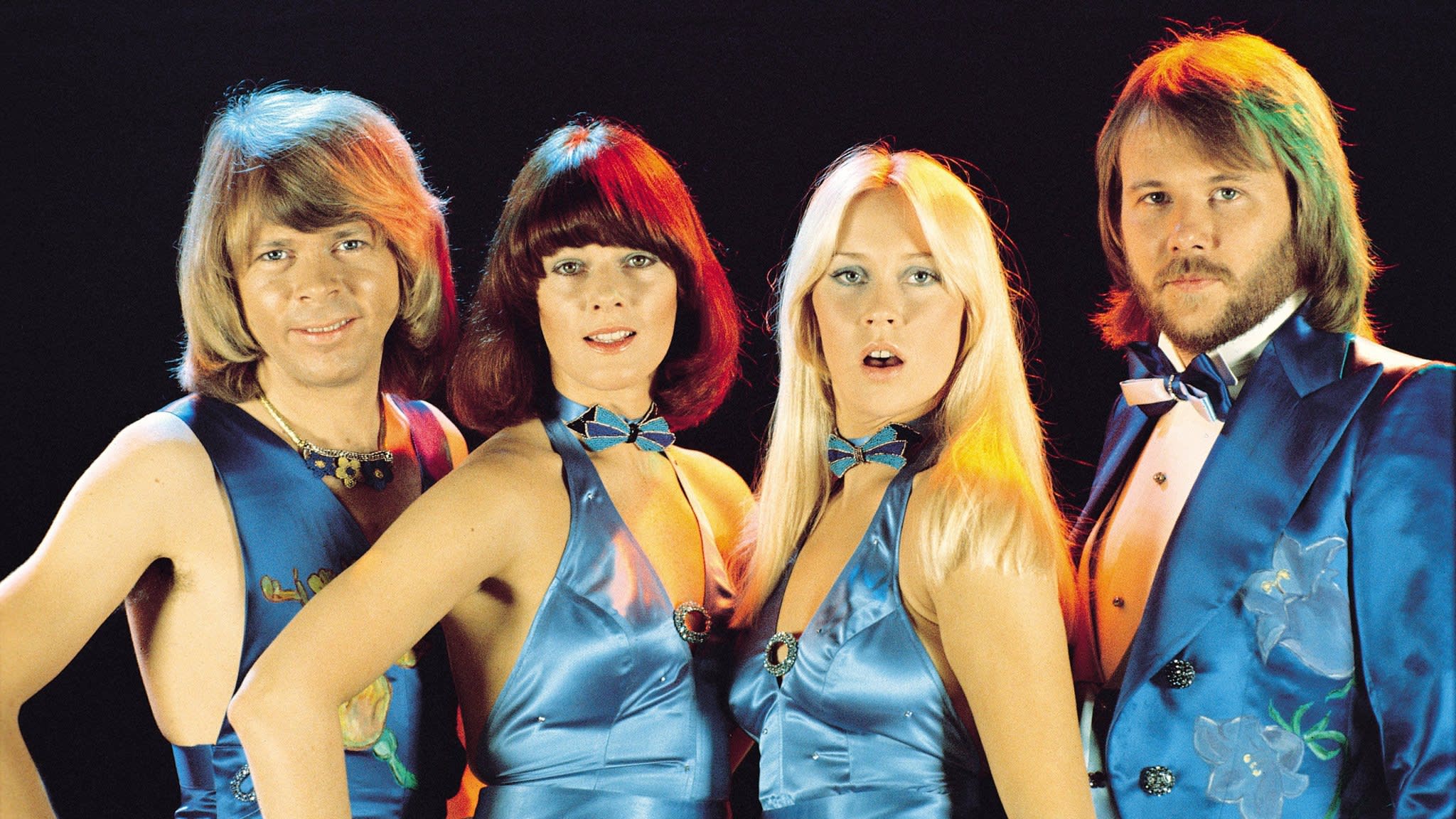It says something about the power of Abba’s most famous song that its appearance at the recent Conservative party conference was said, by some critics, to have saved the prime minister’s skin. Theresa May’s government was at meltdown point in the Brexit negotiations, so her decision to make light of her much-ridiculed dancing on a recent diplomatic trip South Africa was, by some measure, an unusual one. But then came that glossy ironically Europop sheen, that spry disco beat. Theresa May “danced her way back to authority”, said the Daily Mail. She “got her groove on,” said The Sun. By using “Dancing Queen” to convey a sense of her own humanity, May ensured that the song’s power to sway emotions and turn heads remained centre-stage.
“Dancing Queen” itself began life in August 1975, as an attempt by Abba to do something new, according to their biographer Carl Magnus Palm. Björn Ulvaeus and Benny Andersson were desperate to “get to grips with modern dance rhythms”, and had started tinkering with a track with the working title of “Boogaloo”. Listening to an early disco track they adored, George McRae’s “Rock Your Baby”, they noted how a loose, languid drumbeat could be a great base on which their ideas could be layered. And so they did: bass, guitar and clavinet building up a sense of dancefloor shimmer and atmosphere.
When Andersson played the demo to his frontwoman wife Anni-Frid Lyngstad, she burst into tears. The final version added extra synthesiser figures and string fills to the mix too, so practically every moment contained a pop hook (studio engineer Michael B Tretow said in a BBC interview: “Our aim was to give as much music as possible for the money”). After the band’s manager, Stig Anderson, provided the title, it was premiered live on TV in June 1976, at a gala to celebrate the wedding of Sweden’s King Carl XVI to his queen, Silvia. The regal association in the song title was essentially coincidental: although it was about a woman “come to look for a king”, she wasn’t looking in a regal court, but on a dancefloor.
“Dancing Queen” is outwardly about the joy of a teenage girl on a Friday night, responding to the excitement music offers, but melancholy bristles through it. This is partly because the song begins with what eventually becomes the yearning second half of its chorus, Agnetha Fältskog and Lyngstad giving the listener permission, and direction, to let themselves ago (“You can dance/you can jive”). But then the perspective switches, and the listener is suddenly outside the situation (“See that girl, watch that scene”): we’re looking back on ourselves, perhaps to our past. That magic of being 17 and feeling the beat of the tambourine – “when you get the chance” – is a fleeting one, and this song captures the beauty, and the sadness, within that idea.
Covered by manufactured pop bands such as Steps, S Club 7, and Swedish tween outfit the A-Teens, “Dancing Queen”’s influence has also sparkled beyond its immediate world. New-wave artists loved it. Elvis Costello referenced its bell-like piano chords in his 1979 single, “Oliver’s Army” (its anti-war lyrics presented “a grim heart in the middle of an Abba record” he said, in a later Rolling Stone interview). Blondie guitarist Chris Stein admitted that his band’s 1979 single “Dreaming” was “pretty much a copy of ‘Dancing Queen’”.
A recent feature in the British culture magazine Crack showed that contemporary musicians still love it. Upcoming R&B artist Quiet Luke pointed out its “influence from Max Martin [producer for Britney Spears, Katy Perry and Taylor Swift] to all the celestial, atmospheric rock out there”, while house producer DJ Harvey raved about how Abba “write from their truth, always stranger than fiction”. He also loved the Mamma Mia! films, which have given the song new life in recent years. Julie Walters and Christine Baranski sing Agnetha and Anni-Frid’s first lines in the original 2008 movie, and as the song continues, then collect more and more people to join them, in a celebratory style. This idea was reprised in this year’s sequel, Mamma Mia! Here We Go Again, and released as a single in July, produced by Benny Andersson. Meanwhile Cher covered the song on her new album of Abba covers, Dancing Queen.
It turns out that in 1976, as well as at the Tory party conference, “Dancing Queen” was never just about one woman. At its heart, it’s about all of us, trying to show that “everything is fine”, trying to have the time of our lives.
Do you have any personal memories of ‘Dancing Queen’? Have you ever danced to it? Let us know in the comments below.
‘The Life of a Song Volume 2: The stories behind 50 more of the world’s best-loved songs’, edited by David Cheal and Jan Dalley, is just published by Brewer’s
Music credits: UMC (Universal Music Catalogue); The Music Company Europe; Chrysalis Inc; Polydor Records
Picture credit: Heilemann/Camera Press
